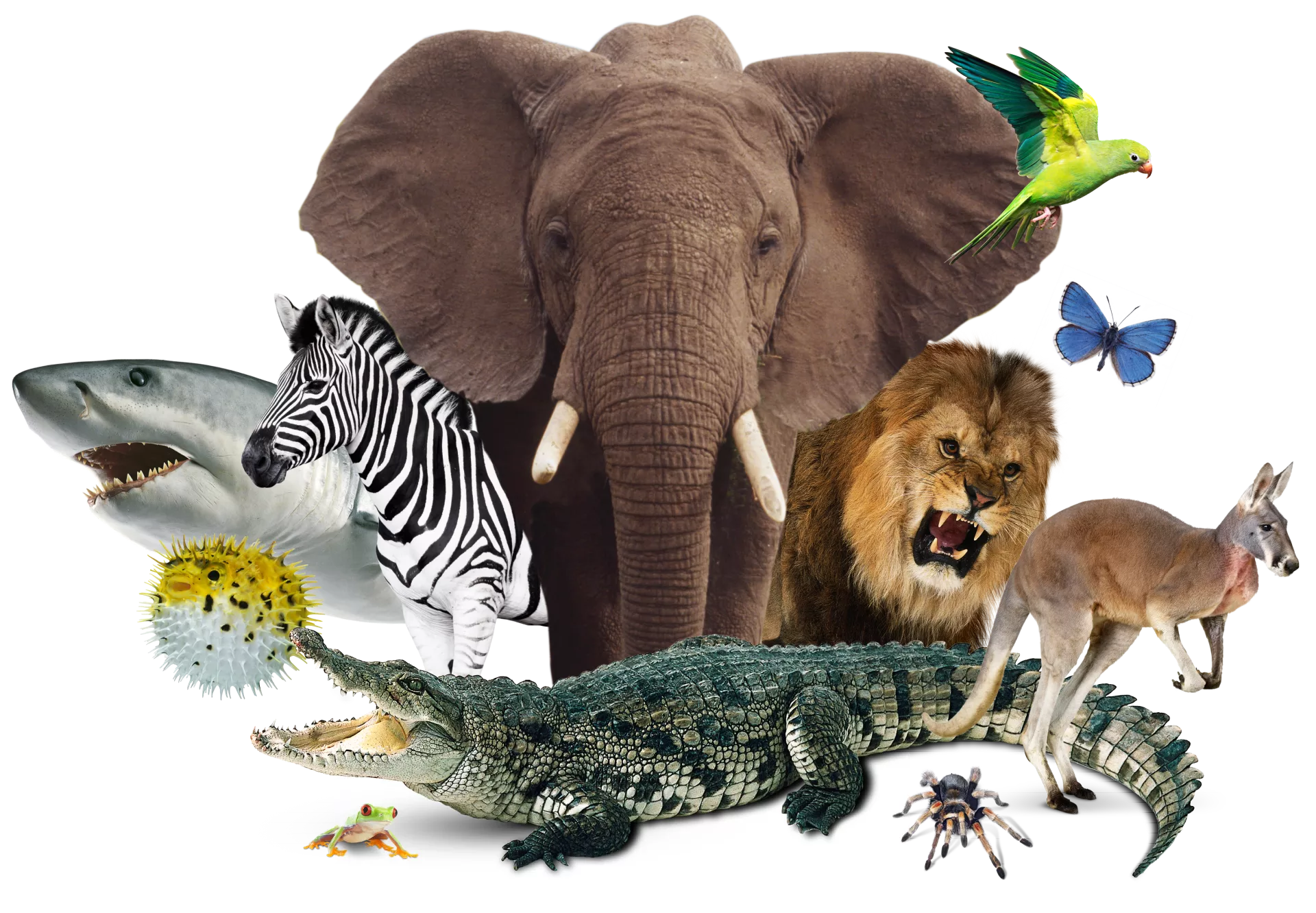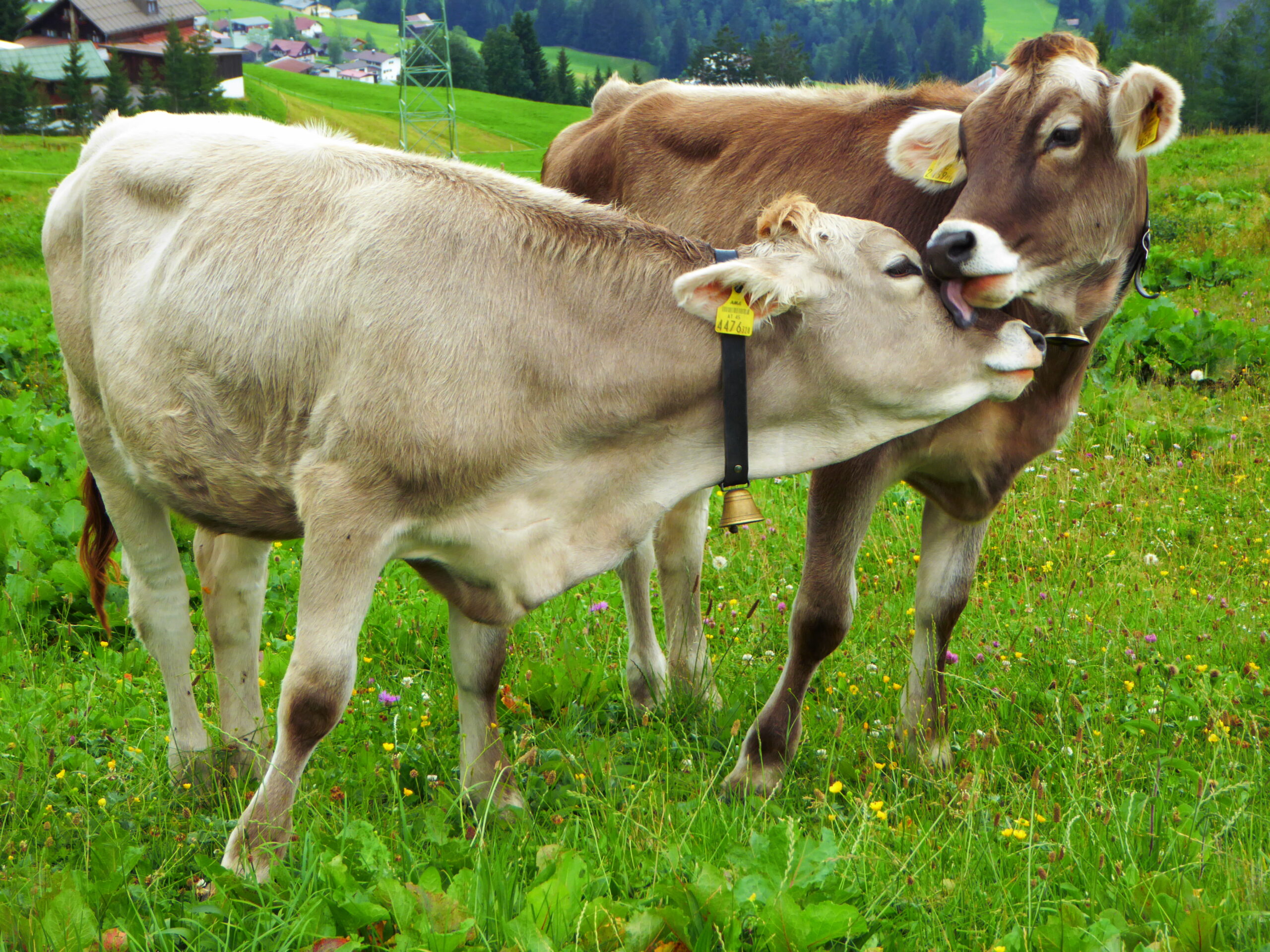Animals, both domesticated and wild, have significant impacts on ecosystems and the environment.
Additionally, animals provide essential ecosystem services like pollination, seed dispersal, and nutrient cycling.
Read on to learn how animals influence climate change, biodiversity, and access to resources.
How Do Animals Affect the Environment?

Animals affect the environment in major ways through actions like greenhouse gas emissions from livestock, seed dispersal from birds and mammals, and fertilization of soil from migrating herds.
Both domesticated and wild animals influence climate change, habitat loss, invasive species spread, and nutrient cycling.
Managing animal populations and agriculture sustainably is crucial for ecosystem health.
Key Points
- Livestock farming contributes to climate change through methane emissions and deforestation of pastureland.
- Habitat destruction from human activities threatens nearly 50% of vulnerable animal species by eliminating resources.
- Invasive species disrupt native ecosystems through competition, predation, grazing, and spreading disease.
How Does Livestock Farming Drive Climate Change?

Livestock, especially ruminants like cows, are responsible for approximately 15% of global greenhouse gas emissions.
The main contributors are methane from enteric fermentation during digestion and manure decomposition.
Deforestation for pastureland also releases huge amounts of carbon into the atmosphere.
As developing countries increase their demand for meat and dairy, greenhouse gas outputs from livestock are projected to rise by 80% by 2050.
Curbing these emissions is critical to mitigating climate change.
Improved cattle breeding, feed supplements, and manure management can help reduce impacts.
What Is the Impact of Habitat Loss on Animal Populations?
Habitat loss poses one of the largest threats to nearly 50% of imperiled animal species, including large predators, migratory birds, and organisms with small geographic ranges.
Habitat destruction from human activities like agriculture, forestry, and urbanization removes vegetation and resources needed for foraging, nesting, and shelter.
Fragmented habitats prevent migration and interbreeding, isolating populations.
Protecting biodiversity hinges on preserving sufficient usable habitat.
Corridors that connect fragmented areas facilitate movement and gene flow between populations.
How Do Invasive Species Disrupt Native Ecosystems?
Invasive animal species can severely damage the ecosystems they colonize through competition, predation, grazing, and disease transmission.
Lacking natural predators, invasive species like cane toads and lionfish spread prolifically and can decimate naïve native wildlife.
Invasive predators impact food webs by suppressing prey species or enabling other predators to thrive.
Overgrazing by feral pigs destroys fragile vegetation.
Burrowing animals disturb the soil and aquatic sediments.
Overall, invasive species cost $120 billion per year in environmental damages in the U.S. alone.
Which Animals Are Considered Keystone Species?

Keystone species exert strong, disproportionate influences on their ecosystems relative to their abundance.
Examples include sea otters, elephants, and wolves.
Their feeding, migration, and waste distribution profoundly shape environments.
Losing a keystone predator like wolves initiates trophic cascades.
Elimination of sea otters allowed urchins to overgraze kelp forests.
Protecting keystone species is crucial for maintaining overall ecosystem structure and function.
How Does Climate Change Affect Animal Populations?
Climate change threatens animal populations through impacts on vegetation, water supplies, extreme weather, and disease transmission.
Rising temperatures and erratic precipitation alter plant communities relied on for food and shelter.
Lack of water resources also threatens survival.
To adapt, species must migrate, undergo shifts in the timing of breeding and hibernation, or genetically adapt.
Highly vulnerable species include those with small geographic ranges, poor dispersal ability, or reliance on environmental cues for reproduction.
How Do Animals Contribute to Nutrient Cycling?
Animals redistribute essential nutrients like nitrogen, phosphorus, and carbon through feeding habits, migration, and waste products.
Grazers fertilize grasslands with dung and urine.
Fish transport marine nutrients.
Birds spread phosphorus-rich seeds.
Carrion feeds scavengers and decomposes, recycling nutrients into soil and waterways.
The disappearance of migratory fish or bird populations disrupts nutrient movement through food webs.
Overall, animals are integral to cycling nutrients in ecosystems.
How Does Hunting Affect Animal Populations?
Poorly managed hunting can decimate vulnerable species with small ranges and low reproductive rates.
However, well-regulated hunting provides incentives for conservation, and funding for wildlife agencies through permit fees.
Bans on trophy hunting can protect charismatic species.
There are ecosystem impacts too.
Removing predators can allow prey populations to explode while overhunting prey species reduces food for predators.
Lead ammunition and carcass gut piles pose risks.
Overall impacts depend on hunting practices, regulations, and the ecological role of hunted animals.
How Does Animal Waste Pollute Water Systems?
Runoff from manure and fertilizers used in animal agriculture pollutes groundwater and surface waters with excess nutrients, bacteria, pharmaceuticals, and hormones.
This runoff promotes toxic algal blooms and hypoxic zones, killing fish and aquatic life.
On a per-body weight basis, livestock produces 2-20 times more waste than humans.
Better waste storage and pastureland buffers between farms and waterways help reduce water pollution from animal agriculture.
Why Are Animals So Important?
Animals are vitally important for maintaining balanced, healthy ecosystems.
As pollinators, seed dispersers, grazers, predators, prey, and nutrient cyclers, animals support biodiversity and enable ecological processes.
Keystone species like elephants and wolves exert disproportionately strong influences on habitats and food webs.
Even small animals like bats and rodents fill indispensable roles.
Losing one species can damage ecosystems in complex ways.
Protecting animal populations ensures natural checks and balances remain intact.
Overall, animals are integral components of ecosystems, and their conservation is key to environmental health.
Why Are Animals Important for the Environment?
Animals are important for:
Pollinating plants as they collect nectar and spread pollen
Dispersing seeds contained in the fruit/nuts they eat
Grazing down vegetation and fertilizing the soil with dung/urine
Preying on other animals to regulate populations
Providing food for predators higher on the food chain
Redistributing nutrients via waste products and migration
Maintaining biodiversity and ecological health through their roles
Losing any species can damage ecosystem function in complex ways.
Protecting animal populations ensures the environment retains stability and natural checks and balances.
Key Takeaways:
- Animals greatly influence the environment through actions ranging from greenhouse gas emissions to seed dispersal.
- As human activities continue disrupting natural systems, sustainably managing both livestock and wildlife populations will grow increasingly important.
Frequently Asked Questions
Do Animals Affect the Ecosystem?
Yes, animals profoundly influence ecosystems in many ways. As pollinators, seed dispersers, grazers, predators, prey, scavengers, and nutrient cyclers, animals support biodiversity and enable essential ecological processes. Bees pollinating flowers enable plant reproduction and growth. Birds spreading the seeds of berry-producing shrubs help vegetation propagate. Selective grazing by elk shapes the vegetation of landscapes. Wolves preying on elk prevent the over-browsing of fragile plants. Rotting carcasses feed scavengers and return nutrients to the soil. Losing any of these animals can disrupt the processes they influence, damaging ecosystems. Sustainably managing animal populations ensures their pivotal roles in ecological health continue.
Protecting animal diversity ensures ecosystems retain stability, resilience, and natural checks and balances. Even small animals like rodents fill indispensable roles. Losing one species can degrade ecosystems in complex ways. Overall, diverse animals are integral
GreenChiCafe is passionate about the environment and our natural world.
Be sure to check out our website for more great content on important ecological topics.
